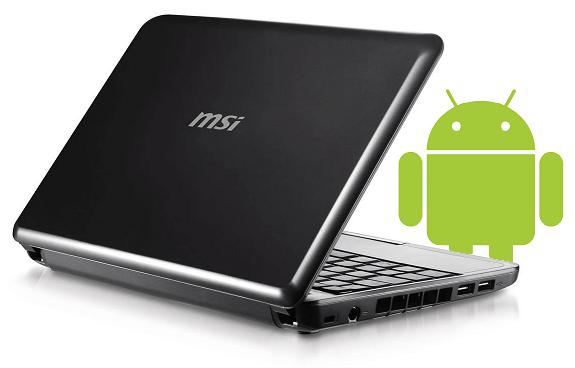
The NDK lets you create fat binaries, which include the appropriate libraries for both chip architectures in the same package. If you're concerned about developing both x86 and ARM versions of your native app, don 't be. The NDK lets you develop native apps that work directly with the devices' underlying hardware, such as for performance-oriented apps like games.

You don't have to exercise patience if you use Google's Android NDK extension to the SDK. The virtual machines will likely be available first at Intel's own Android developer site. At that point, they'll be added to the SDK, and developers who have the SDK installed can get them by running the package updater. That'll change soon, Intel says, once Google approves the Intel virtual devices.

#Intel x86 android devices mac os x
These virtual devices let you run simulated Android devices for debugging and other testing on your Windows, Linux, or Mac OS X PC. That's because the virtual machine insulates the apps from the underlying processor, and with Android 4.0, Google is supplying Dalvik VMs to manufacturers for both chip architectures.īut if you're using the Android 4 SDK, you've probably noticed that you can't create an x86 virtual device, just ARM ones. "Dalvik" Android apps - those created via the Android SDK operating on Android's Java-derived Dalvik virtual machine - will run as is on both ARM- and x86-based devices. The good news is that Android developers don't have to worry about maintaining and distributing separate x86 and ARM versions of their apps.

Now that Google's Android 4 SDK is out, what do developers need to know to create Android apps that wil run on the future Intel-based smartphones and tablets? By the way, Intel says we'll see those first x86 Android devices this spring, after device makers get their hands on sufficient quantities of Intel's new "Medfield" Atom CPU, now entering production.
#Intel x86 android devices windows 7
(Intel-based tablets would run both Metro and "legacy" Windows 7 apps.)īut Intel also wants a presence in smartphones and non-Windows tablets, and to get there, it convinced Google to make the new Android 4.0 "Ice Cream Sandwich" work on Intel x86-based devices in addition to their ARM-equipped counterparts supported by all versions of Android. It's betting big on Windows 8, hoping its range of CPUs will power both tablets and desktops running the new pan-device version of Windows and give it an edge over ARM chips that will - at this point- run only tablet-style, aka Metro, apps. Intel has been all but absent from the mobile revolution of the last few years, but the chip giant is hoping to change that in 2012.


 0 kommentar(er)
0 kommentar(er)
